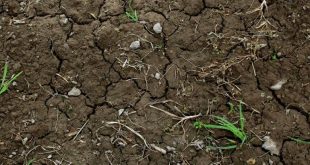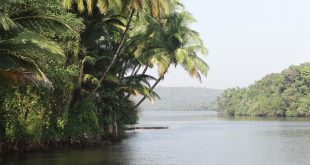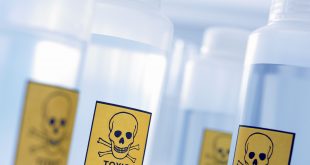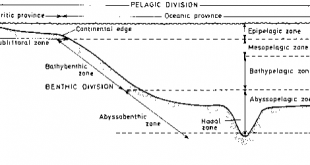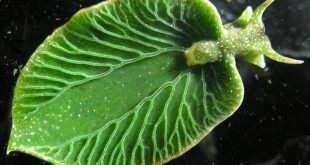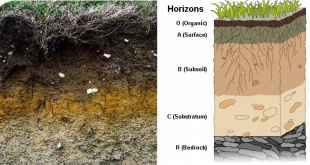Soil is defined differently by soil scientists, and its definition has changed overtime. Since the year 1800, there have been more than 80 different definitions of soil available in literature. Generally, soil can be defined as the organic and inorganic materials on the surface of the earth that provide the …
Read More »Water Resources
Water: Water is a transparent and nearly colorless chemical substance that is the main constitute of Earth’s streams, lakes, oceans and the fluids of most living organisms. Resource: A resource is any physical material constituting part of Earth that people need and have value. Natural materials become resource when humans …
Read More »Ecosystem: Balance & Imbalance
The term ‘ecosystem’ was first used by A. G. Tansley in 1935. Tansley defined an ecosystem as a particular category of physical systems, consisting of organisms and inorganic components in a relatively stable equilibrium, open, and of various sizes and kinds. An ecosystem is a structural and functional unit of …
Read More »Energy Environment: Global Radiation Balance & Energy Budget
Global Radiation Balance There are various factors that influence the amount of radiation coming from the sun to the earth’s surface. Some of the radiation is reflected upward, some is scattered both upward and downward directions. Besides, some of the radiation is absorbed by the clouds and atmosphere. The rest …
Read More »Arsenic: Exposure, Effect & Contamination
Arsenic is a naturally found chemical element whose atomic number is 33 with a symbol as ‘As’. It occurs in many minerals, usually in combination with sulfur and metals, but also as a pure elemental crystal. Arsenic is one of the fundamental chemical element. It is a metalloid. Symbol: As …
Read More »Toxic Substances & Environmental Health
Toxicity is the degree to which a substance can damage an organism. Toxicity can affect a whole organism, such as an animal, bacterium, or plant, as well as a cell (cytotoxicity) or an organ such as the liver (hepatotoxicity). Toxicity effects are dose-dependent; so, even water can lead to water …
Read More »Marine Environment: Classification & Productivity
The marine environment is an essential component of the global life-support system. Marine environment is different from the terrestrial and freshwater aquatic environment having high salt concentration. Its water covers approximately 71% of the earth’s surface. This is equivalent to 361 million sq. kilometers (139 million sq. miles). Average depth of …
Read More »Elysia chlorotica: The Solar-Powered Half Animal, Half Plant Sea Slug
When we think of animals and plants, we have a pretty good way of dividing them into two distinct groups: one converts sunlight into energy and the other has to eat food to make its energy. Well, those dividing lines come crashing down with the discovery of a sea slug …
Read More »Types of Biodiversity
There are three main components/types of biodiversity: (1) genetic. (2)organismal/taxonomic. (3) ecological. (1) genetic & sub-cellular: Biodiversity expressed within individual cells and non-cellular organisms (e.g., viruses) – diversity of genetic information central to this category but variety of metabolic pathways & molecular biology of life also important. (2) taxonomic diversity: …
Read More »Soil Horizons Development & Soil Profile
Do you ever dig down deep into any soil? If you did so, you may have followed different colors and layers in there. These layers are called horizons in soil science. The idea of Horizon and Soil Horizons are slightly different. Horizon is a distinct layer of soil, approximately parallel …
Read More » Plantlet The Blogging Platform of Department of Botany, University of Dhaka
Plantlet The Blogging Platform of Department of Botany, University of Dhaka
